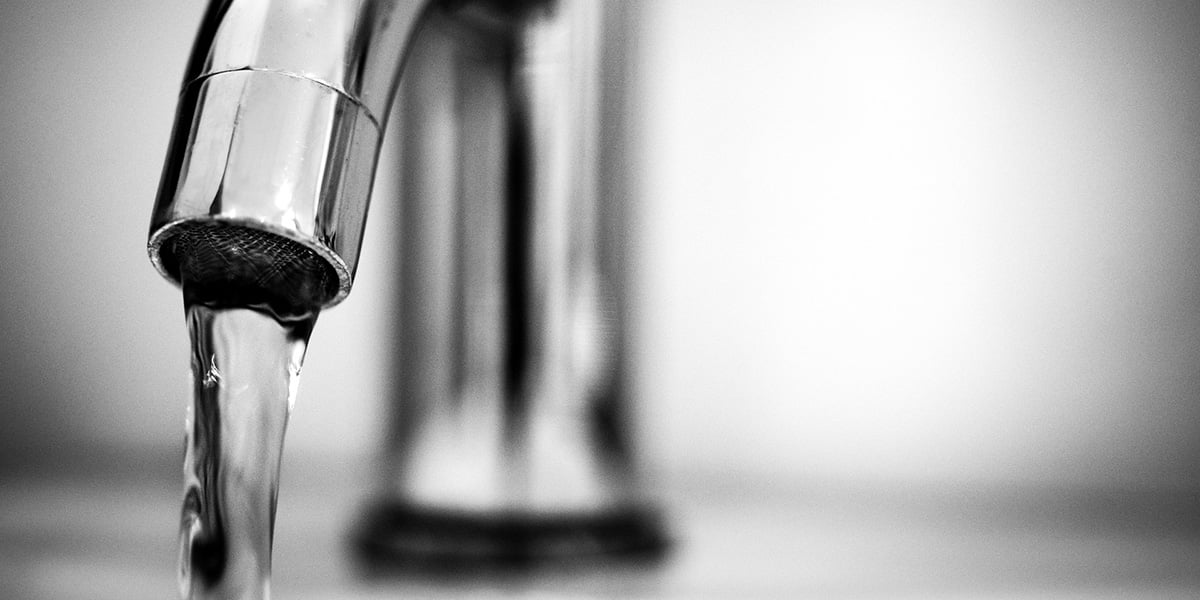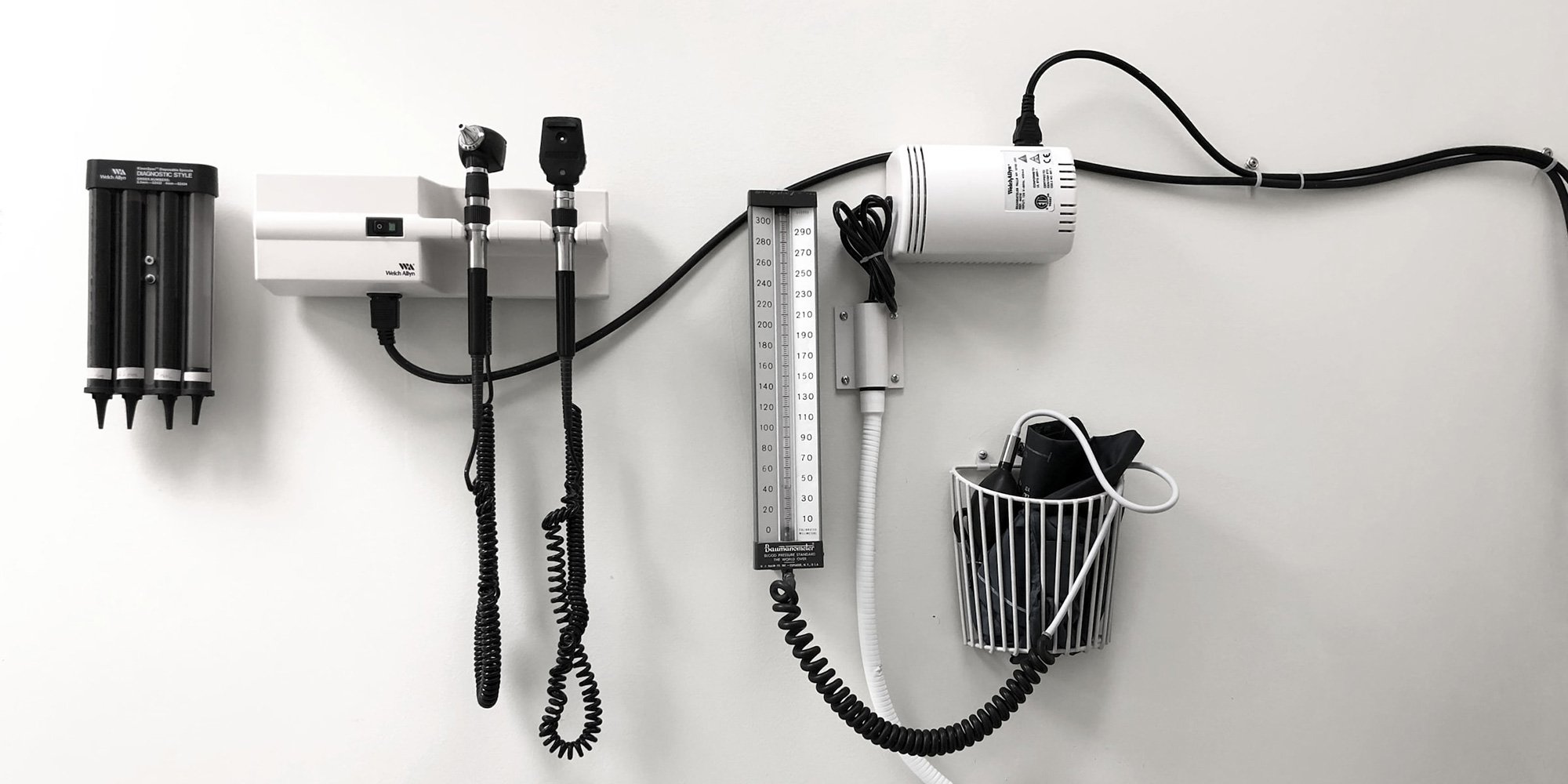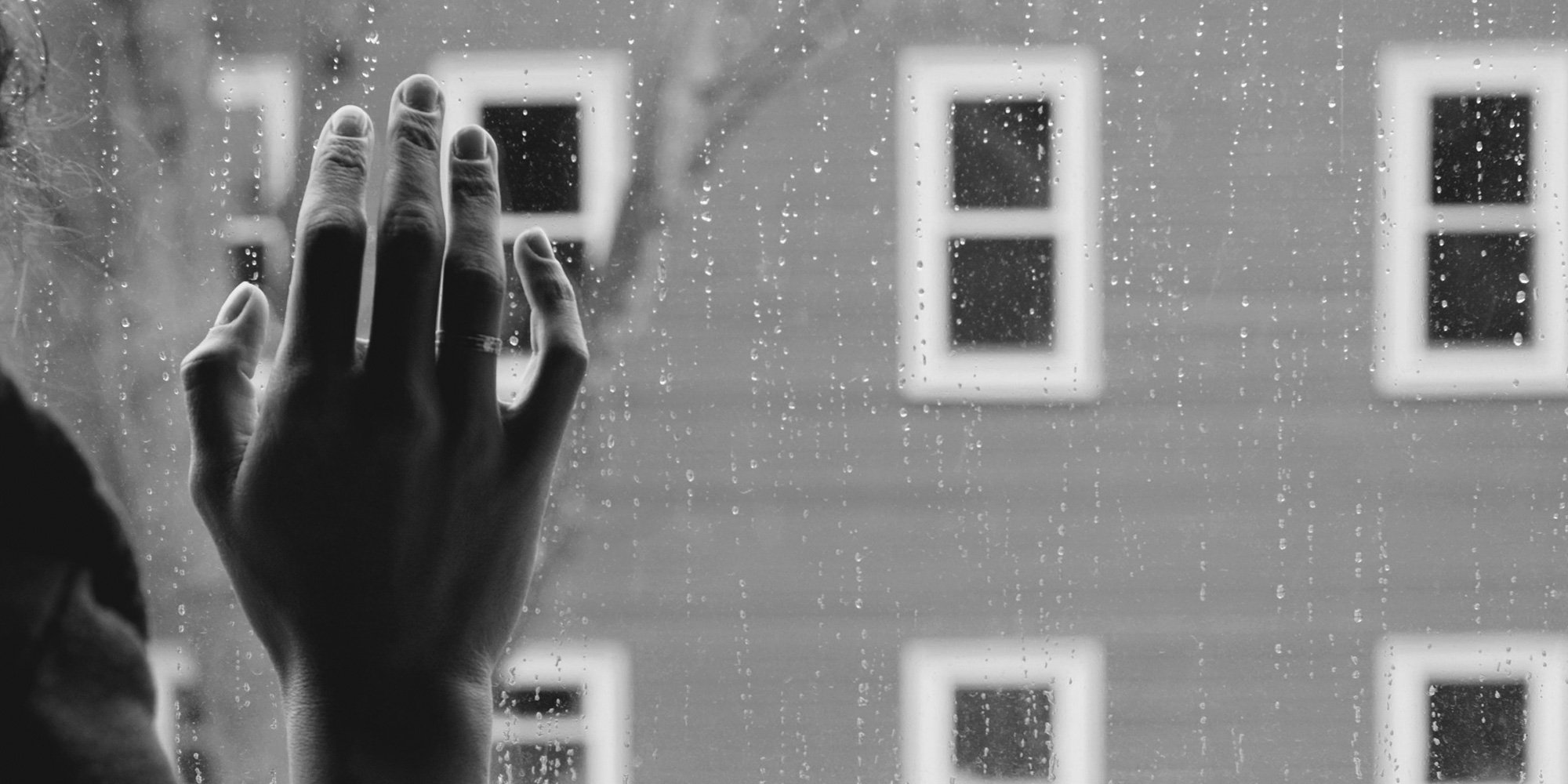Indigenous Peoples and COVID-19
We are in uncharted waters these days as countries around the world scramble to respond to the COVID-19 pandemic. While we are all at risk and all...

In Canada, access to clean drinking water is considered a given. A given, I suspect, that is frequently taken for granted by those who enjoy clean drinking water at the twist of the tap. For thousands of Indigenous Peoples, clean water at the twist of the fixture is an elusive dream. Entire generations in some communities have grown up under various degrees of drinking water advisories (DWA). The Neskantaga First Nation, with a population of about 240, in northern Ontario, has had a DWA in place since 1996. That means one whole generation has grown up under a DWA, and a second generation is now growing up having never turned on the tap for a glass of water.
Did you know access to clean drinking water is a right? In 2010, the United Nations General Assembly recognized clean drinking water and adequate sanitation as a fundamental human right. In 2015, those rights were reaffirmed by the UN General Assembly Human Rights to Water and Sanitation:
The proposed resolution further guides States by reaffirming the definition of the rights as adopted by the Human Rights Council in 2014 to state that they:
entitle everyone, without discrimination, to have access to sufficient, safe, acceptable, physically accessible and affordable water for personal and domestic use and to have physical and affordable access to sanitation, in all spheres of life, that is safe, hygienic, secure, and socially and culturally acceptable and that provides privacy and ensures dignity. [1]
This clear language regarding the contents of the rights to water and sanitation is from definitions set out by the UN Committee on Economic, Social and Cultural Rights.
These are the water advisory classifications.
There are just over 600 First Nation communities in Canada, and at any given time, new advisories are added, and existing advisories are removed. Some of the advisories are short-term, while some communities have endured long-term (over 12 months) DWAs for over twenty years. In 2018, the federal government committed to having all long-term DWAs lifted by March 2021.
How is it that people on reserve have suffered through sometimes decades of having to boil water before drinking it, bathing in it, or cooking with it while neighbouring communities enjoy safe, clean water? The answer lies in the fact that reserves have no drinking water regulations. There are guidelines, protocols, and lots of information about what to do and not to do under a DWA but no regulations.
For decades, the federal government did not take appropriate action to ensure residents on First Nations reserves benefited from equal protection before the law—to this day, there are no drinking water regulations on reserve. It is unsurprising, then, that this disparate system of regulations has led to disparate outcomes in access to safe drinking water and sanitation. Systems have been designed, constructed, and operated on reserves without the kind of legal standards and protections that the government has adopted for all other Canadians. [2]
There was an attempt in 2013 by the Conservative government to introduce regulations. The Safe Drinking Water for First Nations Act (SDWFNA) came into force on November 1, 2013.
In response to ongoing problems with the provision of clean drinking water on reserves throughout Canada, the government prepared this law, which sets out a process for developing regulations. Hence, the SDWFNA does not specify water quality parameters, standards, or actions to improve water quality. Rather, it enables Aboriginal Affairs and Northern Development Canada (AANDC) and Health Canada to develop regulations dealing with drinking water and wastewater.” [3] [emphasis added]
Many of the on-reserve water systems still need to be updated to meet the demands of a growing population. Additional on-reserve housing units cannot be added without water and wastewater infrastructure upgrades. Overcrowding in on-reserve housing is common, putting extra strain on inadequate sanitation systems.
Exposure to waterborne contaminants such as E. coli has health impacts that include gastrointestinal disorders, the increased risk of cancer, and recurring skin infections. Struggling under long-term DWAs leaves people frustrated, scared, and desperate, not to mention exhausted from caring for family members, young and old, in crowded, unhealthy housing. There is a social cost as well. Bathing is limited and clean laundry is a challenge.
The above provides readers with a snapshot of on-reserve clean water issues. Help is on the way, but it will still take time. Next time you turn on the tap for a glass of water, appreciate the ease of quenching your thirst and the security of knowing that it won’t make you ill.
To learn more about some of the key issues for Indigenous Peoples in Canada, our Indigenous Awareness training is a great place to start. This training is available to individuals, groups privately, as well as a licensing option for organizations with 100's to 1000's of employees.
This article was originally posted on March 02, 2018.
[1] 70th session of the UN General Assembly Human Rights to Water and Sanitation, November 2015
[2] Make it Safe: Canada’s Obligation to End First Nations Water Crisis, Human Rights Watch
[3] The Safe Drinking Water for First Nations Act
Featured photo: Pixabay

We are in uncharted waters these days as countries around the world scramble to respond to the COVID-19 pandemic. While we are all at risk and all...

What is a culturally competent healthcare environment? It is an environment in which Indigenous people feel culturally safe... where they are treated...

1 min read
The suicide rate among First Nations people was three times higher than in non-Indigenous populations between 2011 and 2016 in Canada. Among First...